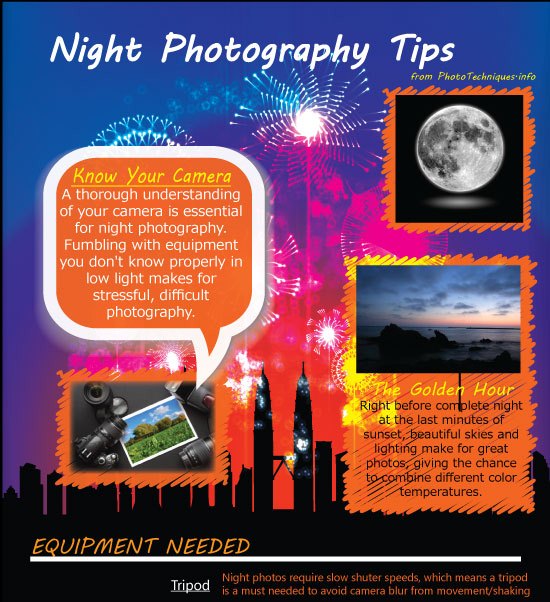What Every Photographer Ought To Know About Lighting
What Every Photographer Ought To Know About Lighting
Blog Article
Team Writer-Gillespie Olsson
As a photographer, you recognize that lights can make or break your photos. Recognizing the subtleties of both all-natural and synthetic light is crucial for capturing the mood and clarity you go for in your work. Whether you're chasing the ideal golden hour glow or adjust your synthetic setups, mastering these elements can elevate your photography substantially. However there are common risks that many overlook, and recognizing them can transform your technique to every shoot. Let's discover what you might be missing and just how it can affect your outcomes.
Comprehending Natural Light
Recognizing natural light is critical for any kind of professional photographer looking to enhance their work. Suggested Internet page 's the structure of terrific photography, influencing mood, tone, and clarity. When Writer headshots fire outdoors, pay attention to the moment of day. The golden hour-- soon after daybreak and before sundown-- provides soft, warm light that can change ordinary scenes into sensational pictures.
Do not underestimate the power of overcast days. Cloud cover diffuses sunshine, producing a soft, also light that's best for portraits and macro digital photography. You'll discover shades appear this type of lights without severe darkness.
Positioning matters, too. Always consider your subject's positioning to the light. If the sunlight's behind your subject, you may wind up with a silhouette, which can be dramatic but mightn't be what you want. On the other hand, direct sunshine can develop uncomplimentary shadows.
Experiment with angles; often, changing your perspective can generate impressive outcomes. Usage all-natural reflectors, like water or sand, to bounce light onto your topic, including measurement.
Learning Artificial Light
Grasping man-made light is essential for professional photographers who wish to take their abilities to the next degree. Whether you're using speedlights, workshop strobes, or constant lights, understanding just how to adjust these resources can considerably improve your pictures.
Beginning by acquainting yourself with the basics of light quality, instructions, and color temperature. https://www.latimes.com/business/story/2019-07-22/square-launches-robot-photography-service-for-online-sellers with different modifiers like softboxes, umbrellas, or grids to control the soft qualities or violence of the light.
You'll locate that soft light often develops flattering outcomes, while harsher light can add drama and depth. Do not shy away from shadows; they can enhance the three-dimensionality of your subjects.
Pay close attention to the placement of your lights. A light located as well near to your subject can create unflattering results, while too far away can bring about an absence of detail. Utilize a light meter or your video camera's pie chart to ensure you're exposing properly.
Finally, remember that artificial light can be mixed with ambient light for creative impacts. Balancing these resources may take method, once you understand it, your photography will genuinely shine.
Techniques for Different Circumstances
When you step into different shooting scenarios, adjusting your lighting methods is crucial for recording the best photos. For exterior portraits, utilize the golden hour-- early morning or late afternoon light-- to soften shadows and enhance complexion.
If it's a harsh midday sun, think about utilizing a reflector to bounce light back onto your subject or seek shaded areas for an extra even exposure.
In low-light circumstances, like interior events, boost your ISO and make use of a wide aperture to let in more light. A tripod can assist get rid of electronic camera shake, permitting longer exposures without obscuring.
If you're shooting at night, explore off-camera flash to produce dynamic illumination and deepness in your photos.
For product digital photography, utilize diffused lights to avoid harsh representations. Softboxes or light outdoors tents can help achieve this effect.
When photographing landscapes, consider the instructions of light and time of day, as it can substantially alter the state of mind of your shot.
Constantly prepare to adjust your setups and placing based upon the scenario, as flexibility is essential to understanding lighting in digital photography.
Verdict
To conclude, mastering illumination is vital to boosting your photography abilities. Embrace all-natural light's appeal during gold hour, and don't shy away from explore fabricated light techniques. By adjusting your approach to various scenarios, you'll catch spectacular images that resonate with feeling and clearness. Remember, the ideal lighting can change a normal shot into something amazing, so keep exercising and refining your understanding of both natural and man-made light. Delighted shooting!
